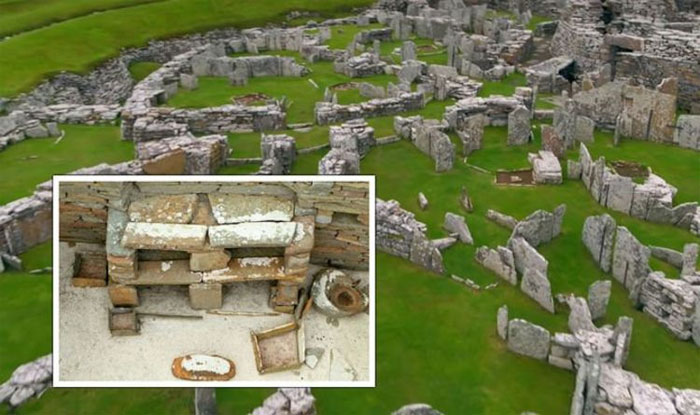Researchers have been astonished by a 5,000-year-old ancient settlement on the Orkney Islands, described as the “Scottish Pompeii.”
The Duncansby Head lighthouse marks the northernmost point of mainland Britain, located about 1,400 km southwest of Land’s End. Just across the water lies the Orkney Islands, which hold ancient secrets.

Scientists are stunned and call this place the “Scottish Pompeii.” (Photo: Youtube/Smithsonian Channel)
Twenty of these islands were once inhabited, with a population of about 22,000, who lived predominantly on the largest island known as the Mainland.
It is estimated that the history of Orkney stretches back around 6,000 years, dating from the Neolithic period. The remnants of this culture are scattered across the islands and were explored in the Smithsonian Channel documentary “Aerial Britain: Scotland.” The narrator of the documentary notes: “This is a 5,000-year-old settlement known as the Scottish Pompeii.”
The life of the ancient inhabitants here was only discovered in 1850. In this village, each house shares a common basic design – a single large room equipped with a stone cupboard, a wardrobe, and beds, all arranged around a square fireplace. Residents would gather around the fire during the long, dark winters of Orkney.
The Broch of Gurness, also on the Mainland, is another settlement dating back to around 500 BC. At the center of the village is a broch, or stone tower. This was likely the residence of the main families or clans in the area. The narrator states: “This entire area could have been home to about 40 families.”
Settlements are scattered throughout the Orkney Islands. With ongoing excavations at various sites, the narrator remarks: “Secrets are being unearthed and slowly rewriting history.”

















































